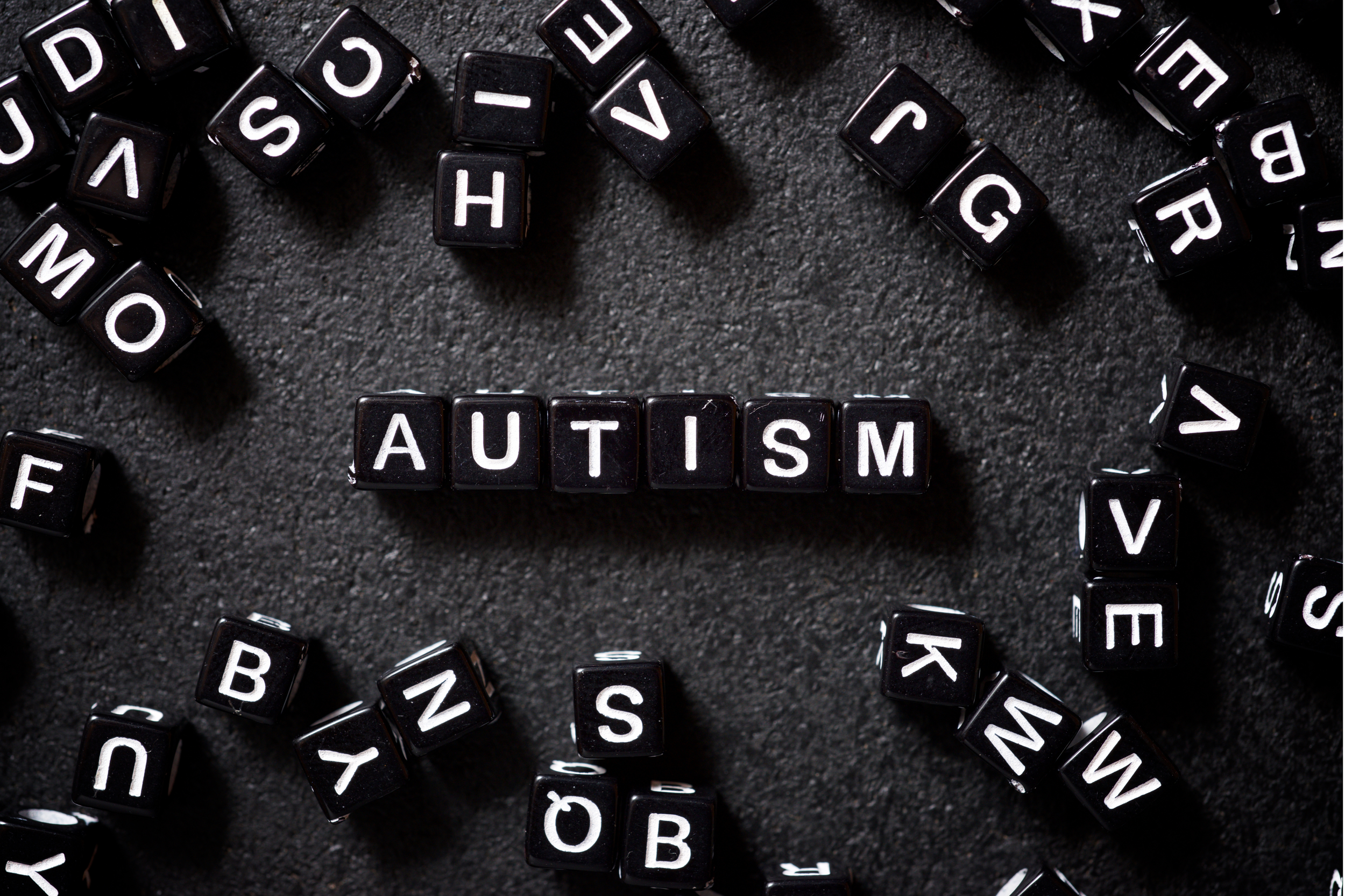Who is considered undocumented?
Many people relocate to another country in search of better economic opportunities and superior education. In particular, undocumented students often have high academic aspirations to break cycles of poverty and seek to do something truly meaningful with their lives.[1] People may be considered undocumented if they are in the process of gaining legal status, have Deferred Action Childhood Arrival (DACA), have entered the United States without inspection, used fraudulent documents, or entered legally but stayed without authorization.[2] Some have arrived in the country as children with their parents, while others have decided to immigrate as young adults. In many cases, undocumented students were brought to the US as young children and this is the only country they really know and can call “home.” The absence of a clear path to legality can generate stress, anxiety, and frustration - all of which can be harmful to mental health.
The Undocumented Students Mental Health Crisis
Mental health is a significant public health issue in the United States, especially for young adults. The Substance Abuse and Mental Health Association’s national data shows that in the past year, 30.6% of young adults aged 18-25 experienced a mental, behavioral, or emotional disorder, and 17% had a major depressive episode.[3]
In addition to the mental health challenges of being a young adult, there are also the challenges associated with being a student, which is even more difficult for those with an uncertain immigration status. As there is no federal law prohibiting undocumented students from attending college or university, many institutions review all prospective students under the same admissions criteria regardless of status.[4] Thus, over 427,000 undocumented college students are enrolled in U.S. colleges and universities, and research confirms that their immigration status negatively impacts their well-being due to psychosocial challenges.[5]
Enriquez (2019) notes that undocumented students' well-being is often impacted by the additional stressors of limited financial resources due to restricted job opportunities, fear of deportation for self and others, uncertainty about the future, and stigmatization.[6] Torres (2022) found that undocumented students have significantly higher stress levels than students who are U.S. citizens or protected under DACA, likely due to immigration fears.[7] Additionally, Cadenas (2022) explored the impacts of insecure immigration status on college students and found that precarious immigration status was linked to lower perceptions of welcoming campus climate, lower positive mental health, and higher anxiety.[8] Another challenge that undocumented students face is whether to disclose their immigration status due to the potentially negative consequences they feel they may incur.[9]
Age of Arrival
The pursuit of education while undocumented is not the same for every undocumented student, as several factors create a unique learning experience or hurdle. Cha (2019) found significant disadvantages faced by students arriving at a later age than those who have had the majority of their K-12 schooling completed in the United States. Notably, those arriving in their late teens to early twenties often had below-level course placement, less time to learn the US education system, and often a lack of access to ethnically-similar peers outside of ESL courses.[10] Furthermore, forming positive relationships with school agents did not enable them to surmount the aforementioned structural barriers.[11]
The DACA Impact
Established in 2012, the Deferred Action Childhood Arrival (DACA) program provides renewable two-year access to work permits and protection from deportation to approximately 653,000 immigrants in the United States.[12,13] If an individual meets the eligibility requirements they can apply for the DACA program by submitting the application through the U.S. Citizenship and Immigration Services website.[14] The eligibility requirements for the DACA program are as follows:[15]
Were under the age of 31 as of June 15, 2012
Have entered the U.S. before turning 16 years old
Have continuously resided in the U.S. since June 15, 2007 up to the present time
Have been physically present in the U.S. on June 15, 2012 and at the time of application for DACA
Have had no lawful immigration status on June 15, 2012
Currently enrolled in school (or have returned to school), graduated, obtained certificate of completion (e.g., GED) OR be an honorably discharged U.S. veteran
Have not been convicted of a felony offense, a significant misdemeanor offense, multiple misdemeanor offenses, or otherwise pose a threat to national security or public safety
Thus, an undocumented person can apply to the DACA program and gain temporary legal status by being an active or graduate student in the U.S., by obtaining a GED, or being honorably discharged from the military. Being a DACA recipient helps to overcome some of the structural barriers created by illegal status. According to a study by Cha (2019), DACA recipients report improved high school and college completion rates, higher-paying jobs with better working conditions, eligibility to obtain bank accounts and driver's licenses, and better overall psychological well-being.[16] Further research by Torres (2022) found that undocumented students reported significantly greater stress than citizens, while DACA recipients' stress levels did not differ from those of United States citizens.[17]
Protection under DACA allowed recipients to spend less time in "survival mode," as found by a review conducted by Siemons (2017), thus enabling them to devote more time and energy to meeting higher-level needs such as fulfilling higher education goals.[18] Even though DACA does not grant permanent legal status, it is renewable every two years. DACA aims to provide a safe environment for these individuals to pursue higher education and better-paying jobs which could lead to sponsorship opportunities for permanent legal status or longer-term work visas.
Seeking Help
Undocumented students often face obstacles when trying to access the support they need to overcome structural barriers. According to Cha (2019), these students are less-likely to use their college mental health services due to various reasons such as: low perceived need (as mental strain is often normalized within immigrant communities); a sense of futility (as they may believe that treatment would not address the underlying immigration issues); or fear of being stigmatized for mental health issues or immigration status.[19]
Ayon's (2022) research found that greater perceptions of social exclusion due to the immigration policy context predicted lower use of on-campus mental health services by undocumented students.[20] However, when students encountered greater levels of mental health symptoms, perceived mental health needs, and campus-wide resources were available, undocumented students then had a greater likelihood of using on-campus mental health resources.[21] Further, a review by Butt in 2023 found that creating student organizations or support groups for undocumented students can help create a more welcoming and inclusive campus environment, thus making them more likely to seek help through on-campus services.[22] These changes can be especially important and impactful as it’s crucial to address one’s mental health struggles before they reach peak levels of distress.
Undocumented students face numerous challenges while pursuing higher education, but continue to work towards their education since it can lead to significant benefits. A higher degree can lead to better-paying job opportunities and possible sponsorship for a long-term visa or permanent legal status. While a degree from a U.S. institution is recognized in many foreign countries, many undocumented immigrants who seek higher education in the U.S. have lived there for most of their lives and consider it their home. Therefore, as a society, it is beneficial to promote and foster good mental health resources for undocumented students as they often aspire to stay within the U.S. post-graduation to continue to improve their lives in the country they grew up in and feel a part of, while also “giving back” to the community they live in.
Contributed by: Maria Karla Bermudez
Editor: Jennifer (Ghahari) Smith, Ph.D.
References
1 Butt, M., & Brehm, C. (2023). Seeking Access: Role Strain, Undocumented Students, and the Pursuit of College. The International Journal of Educational Organization and Leadership, 30(2), 67-86. https://doi.org/10.18848/2329-1656/CGP/v30i02/67-86
2 Who are undocumented students? - immigrants rising. Immigrants Rising. (2023, October). https://immigrantsrising.org/wp-content/uploads/Immigrants-Rising_Overview-of-Undocumented-Students.pdf
3 Substance Abuse and Mental Health Services Administration. 2020. “Key Substance Use and Mental Health Indicators in the United States: Results from the 2020 National Survey on Drug Use and Health.” https://www.samhsa.gov/data/sites/default/files/reports/rpt35325/NSDUHFFRPDFWHTMLFiles2020/2020NSDUHFFR1PDFW102121.pdf.
4 Undocumented student frequently asked questions: Applying to the UW. Admissions. (n.d.). https://www.washington.edu/admissions/undocumented/undocumented-faq/#:~:text=There%20is%20no%20federal%20or,admissions%20criteria%20regardless%20of%20status
5 Nienhusser, H. K., & Romandia, O. (2022). Undocumented college students' psychosocial well-being: A systematic review. Current opinion in psychology, 47, 101412. https://doi.org/10.1016/j.copsyc.2022.101412
6 Enriquez, Laura E. 2019. “Border Hopping Mexicans, Law-Abiding Asians, and Racialized Illegality: Analyzing Undocumented College Students’ Experiences through a Relational Lens.” Relational Formations of Race: Theory, Method and Practice. Edited by Natalia Molina, Daniel Martinez HoSang, and Ramón A. Gutiérrez. University of California Press.
7 Torres, A., Kenemore, J., & Benham, G. (2022). A Comparison of Psychological Stress and Sleep Problems in Undocumented Students, DACA Recipients, and U.S. Citizens. Journal of Immigrant and Minority Health, 24(4), 928-936. https://doi.org/10.1007/s10903-021-01315-3
8 Cadenas, G. A., Nienhusser, K., Sosa, R., & Moreno, O. (2022). Immigrant students' mental health and intent to persist in college: The role of undocufriendly campus climate. Cultural diversity & ethnic minority psychology, 10.1037/cdp0000564. Advance online publication. https://doi.org/10.1037/cdp0000564
9 Butt & Brehm (2023)
10 Cha BS, Enriquez LE, Ro A. Beyond access: Psychosocial barriers to undocumented students' use of mental health services. Soc Sci Med. 2019 Jul;233:193-200. doi: 10.1016/j.socscimed.2019.06.003. Epub 2019 Jun 5. PMID: 31212126.
11 Ibid.
12 Ibid.
13 Torres et al. (2022)
14 Steps to apply for DACA for the first time. IMMIGRANTS RISING. (2022, December 2). https://immigrantsrising.org/resource/steps-to-apply-for-daca-for-the-first-time/
15 Ibid.
16 Cha et al. (2019)
17 Torres et al. (2022)
18 Siemons R, et al. Coming of age on the margins: Mental health and wellbeing among Latino immigrant young adults eligible for Deferred Action for Childhood Arrivals (DACA). J Immigr Minor Health. 2017;19(3):543–51.
19 Cha et al. (2019)
20 Ayón C, Ellis BD, Hagan MJ, Enriquez LE, Offidani-Bertrand C. Mental health help-seeking among Latina/o/x undocumented college students. Cultur Divers Ethnic Minor Psychol. 2022 Dec 15. doi: 10.1037/cdp0000573. Epub ahead of print. PMID: 36521136.
21 Ibid.
22 Butt & Brehm (2023)








